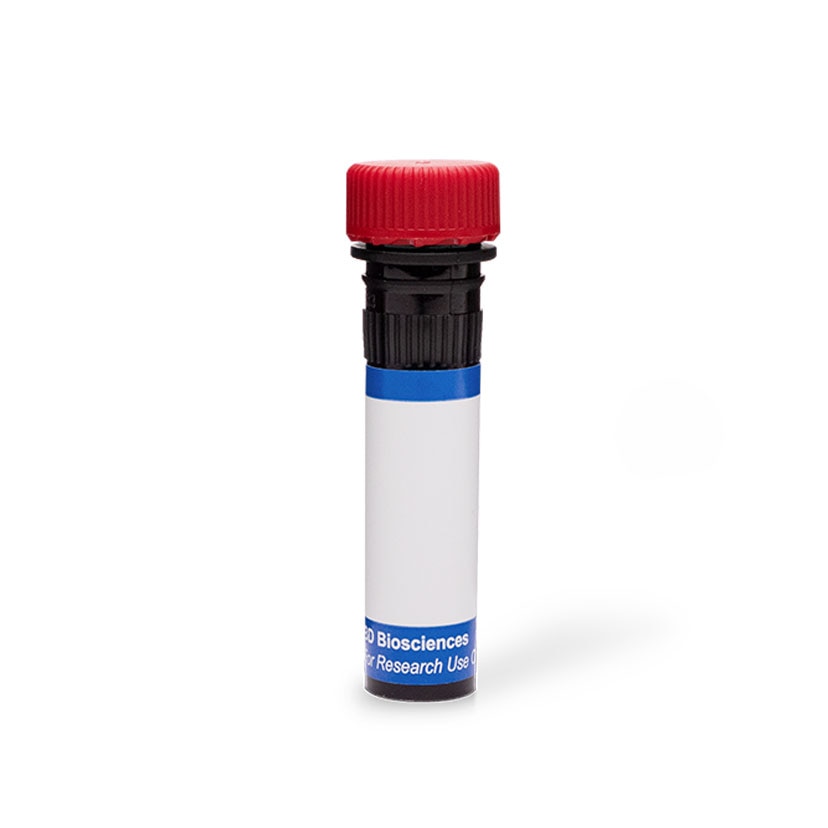-
Reagents
- Flow Cytometry Reagents
-
Western Blotting and Molecular Reagents
- Immunoassay Reagents
-
Single-Cell Multiomics Reagents
- BD® OMICS-Guard Sample Preservation Buffer
- BD® AbSeq Assay
- BD® Single-Cell Multiplexing Kit
- BD Rhapsody™ ATAC-Seq Assays
- BD Rhapsody™ Whole Transcriptome Analysis (WTA) Amplification Kit
- BD Rhapsody™ TCR/BCR Next Multiomic Assays
- BD Rhapsody™ Targeted mRNA Kits
- BD Rhapsody™ Accessory Kits
- BD® OMICS-One Protein Panels
-
Functional Assays
-
Microscopy and Imaging Reagents
-
Cell Preparation and Separation Reagents
-
- BD® OMICS-Guard Sample Preservation Buffer
- BD® AbSeq Assay
- BD® Single-Cell Multiplexing Kit
- BD Rhapsody™ ATAC-Seq Assays
- BD Rhapsody™ Whole Transcriptome Analysis (WTA) Amplification Kit
- BD Rhapsody™ TCR/BCR Next Multiomic Assays
- BD Rhapsody™ Targeted mRNA Kits
- BD Rhapsody™ Accessory Kits
- BD® OMICS-One Protein Panels
- Denmark (English)
-
Change country/language
Old Browser
This page has been recently translated and is available in French now.
Looks like you're visiting us from United States.
Would you like to stay on the current country site or be switched to your country?
BD Pharmingen™ PE Mouse anti-Oct3/4
Clone 40/Oct-3 (RUO)

Analysis of Oct3/4 in human embryonal carcinoma cells. NCCIT cells (ATCC CRL-2073) were fixed (BD Cytofix™ buffer, Cat. No. 554655) for 10 minutes at 37°C, permeabilized with BD™ Phosflow Perm Buffer III (Cat. No. 558050) on ice for 30 minutes, and then stained with either PE Mouse anti-Oct3/4 (shaded histogram) or PE Mouse IgG1, κ Isotype Control (open histogram). Flow cytometry was performed on a BD™ LSR II flow cytometry system.


Analysis of Oct3/4 in human embryonal carcinoma cells. NCCIT cells (ATCC CRL-2073) were fixed (BD Cytofix™ buffer, Cat. No. 554655) for 10 minutes at 37°C, permeabilized with BD™ Phosflow Perm Buffer III (Cat. No. 558050) on ice for 30 minutes, and then stained with either PE Mouse anti-Oct3/4 (shaded histogram) or PE Mouse IgG1, κ Isotype Control (open histogram). Flow cytometry was performed on a BD™ LSR II flow cytometry system.

Analysis of Oct3/4 in human embryonal carcinoma cells. NCCIT cells (ATCC CRL-2073) were fixed (BD Cytofix™ buffer, Cat. No. 554655) for 10 minutes at 37°C, permeabilized with BD™ Phosflow Perm Buffer III (Cat. No. 558050) on ice for 30 minutes, and then stained with either PE Mouse anti-Oct3/4 (shaded histogram) or PE Mouse IgG1, κ Isotype Control (open histogram). Flow cytometry was performed on a BD™ LSR II flow cytometry system.


ImageTitle~BD Pharmingen™ PE Mouse anti-Oct3/4

Regulatory Status Legend
Any use of products other than the permitted use without the express written authorization of Becton, Dickinson and Company is strictly prohibited.
Preparation And Storage
Product Notices
- Please refer to www.bdbiosciences.com/us/s/resources for technical protocols.
- This reagent has been pre-diluted for use at the recommended Volume per Test. We typically use 1 × 10^6 cells in a 100-µl experimental sample (a test).
- For fluorochrome spectra and suitable instrument settings, please refer to our Multicolor Flow Cytometry web page at www.bdbiosciences.com/colors.
- Caution: Sodium azide yields highly toxic hydrazoic acid under acidic conditions. Dilute azide compounds in running water before discarding to avoid accumulation of potentially explosive deposits in plumbing.
- Source of all serum proteins is from USDA inspected abattoirs located in the United States.
Data Sheets
Companion Products



Development of a multicellular organism from a single fertilized cell is regulated by the coordinated activity of DNA transcription factors. Oct3/4, a member of the POU family of transcription factors, functions in pluripotent cells of early embryonic stem cell (ES) lines and embryonal carcinomas (EC). Other members of the POU family include Oct1, Oct2, Pit-1, and unc-86. The POU domain, a 150-amino acid region that determines binding specificity, is conserved among these proteins and consists of 3 subdomains: POU-specific A and B subdomains and a homeobox-like subdomain. Oct3/4 is expressed in undifferentiated cells, but is lost as cells are induced to differentiate. Oct3/4 is not expressed in adult tissues. The interaction of Oct3/4 with SOX2, another embryonic transcription factor, produces an active complex that regulates expression of genes such as Nanog, UTF1, and FGF4. Although Oct3/4 is specifically phosphorylated on serine residues, this modification is not required for DNA binding, but may affect its transactivation potential. Thus, Oct3/4 is a transcription factor that plays an important role in determining early steps of embryogenesis and differentiation.

Development References (6)
-
Nishimoto M, Fukushima A, Okuda A, Muramatsu M. The gene for the embryonic stem cell coactivator UTF1 carries a regulatory element which selectively interacts with a complex composed of Oct-3/4 and Sox-2. Mol Cell Biol. 1999; 19(8):5453-5465. (Biology). View Reference
-
Okamoto K, Okazawa H, Okuda A, Sakai M, Muramatsu M, Hamada H. A novel octamer binding transcription factor is differentially expressed in mouse embryonic cells. Cell. 1990; 60(3):461-472. (Biology). View Reference
-
Pan G, Thomson JA. Nanog and transcriptional networks in embryonic stem cell pluripotency. Cell Res. 2007; 17:42-49. (Biology). View Reference
-
Rosfjord E, Scholtz B, Lewis R, Rizzino A. Phosphorylation and DNA binding of the octamer binding transcription factor Oct-3. Biochem Biophys Res Commun. 1995; 212(3):847-853. (Biology). View Reference
-
Vigano MA, Staudt LM. Transcriptional activation by Oct-3: evidence for a specific role of the POU-specific domain in mediating functional interaction with Oct-1. Nucleic Acids Res. 1996; 24(11):2112-2118. (Biology). View Reference
-
Yuan H, Corbi N, Basilico C, Dailey L. Developmental-specific activity of the FGF-4 enhancer requires the synergistic action of Sox2 and Oct-3. Genes Dev. 1995; 9(21):2635-2645. (Biology). View Reference
Please refer to Support Documents for Quality Certificates
Global - Refer to manufacturer's instructions for use and related User Manuals and Technical data sheets before using this products as described
Comparisons, where applicable, are made against older BD Technology, manual methods or are general performance claims. Comparisons are not made against non-BD technologies, unless otherwise noted.
For Research Use Only. Not for use in diagnostic or therapeutic procedures.